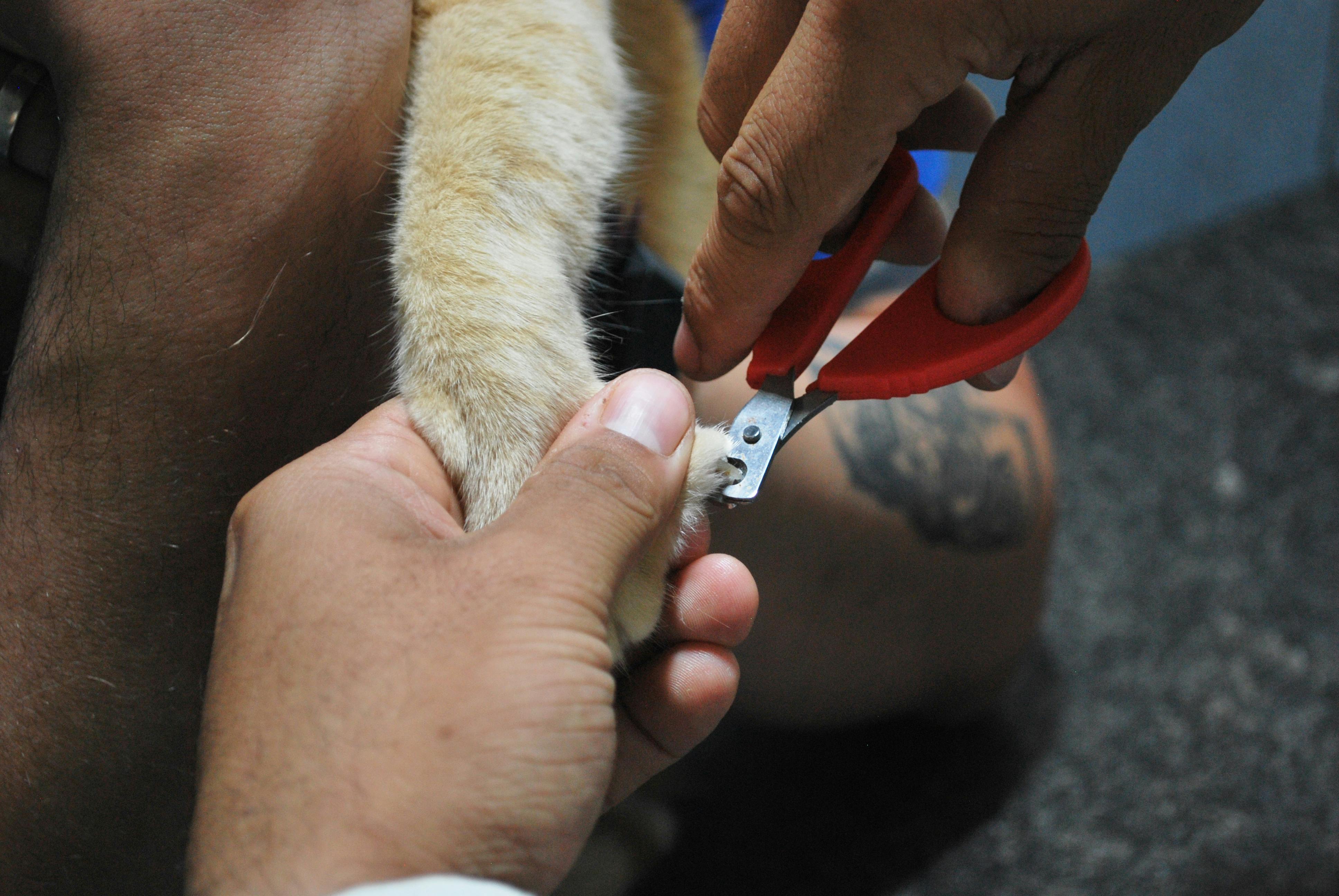The Ultimate Guide to Cat Claw Care: Trimming, Caps, and More | For Pets With Love

The Ultimate Guide to Cat Claw Care: Trimming, Caps, and More | For Pets With Love
Introduction
Maintaining your cat’s claws is an essential part of their overall care. Regular claw care not only protects your furniture from scratching but also promotes your cat’s health and well-being. In this article, we’ll explore various aspects of cat claw care, including trimming techniques, claw caps, and alternative solutions to manage scratching behavior.
Why Cat Claw Care Matters
Proper claw care offers numerous benefits:
- Protects Furniture: Reduces the damage caused by scratching.
- Prevents Injury: Prevents overgrown claws from becoming embedded in your cat’s paws.
- Promotes Comfort: Keeps your cat’s claws healthy and comfortable.
1. Trimming Your Cat’s Claws
Instructions
Use cat-specific clippers to trim the tips of your cat’s claws, avoiding the quick (the pink part of the claw).
Benefits
Reduces the sharpness of your cat’s claws and minimizes damage to furniture.
2. Using Cat Claw Caps
Instructions
Apply plastic caps to your cat’s claws using a safe adhesive.
Benefits
Prevents scratching damage without altering your cat’s natural behavior.
3. Providing Scratching Posts
Instructions
Offer a variety of scratching posts in different materials, sizes, and orientations.
Benefits
Gives your cat appropriate scratching outlets and redirects them from furniture.
4. Training Your Cat
Instructions
Train your cat to use scratching posts and reward them for good behavior.
Benefits
Reinforces positive behavior and encourages them to scratch appropriate surfaces.
5. Consulting with a Veterinarian
Instructions
Consult with your veterinarian for advice on proper claw care techniques and solutions.
Benefits
Ensures that you are providing the best possible care for your cat’s claws.
FAQs
Q. How often should I trim my cat’s claws?
A. Trim your cat’s claws every 2-3 weeks, or as needed.
Q. Are cat claw caps safe?
A. Cat claw caps are generally safe, but it’s important to monitor your cat for any signs of irritation or discomfort.
Q. Can I declaw my cat?
A. Declawing is a controversial and often painful procedure that is not recommended. It’s better to manage scratching behavior with appropriate care and training.
Conclusion
Cat claw care is an essential part of responsible pet ownership. By trimming your cat’s claws, using claw caps, and providing scratching posts, you can protect your furniture and promote your cat’s well-being. If you have any questions or tips of your own, feel free to share in the comments below!